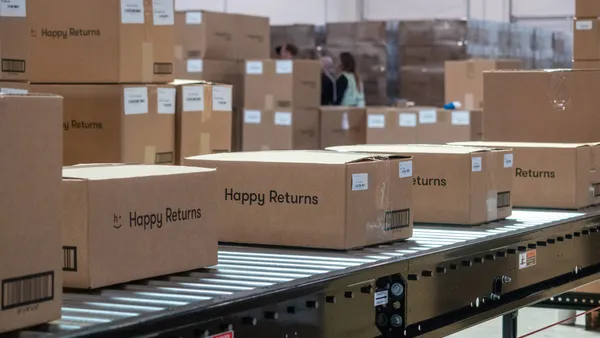Dive Brief:
- McCormick, the food manufacturing company, is bringing disparate Enterprise Resource Planning (ERP) systems into a single SAP HANA environment. The company doubled in size since it last upgraded the ERP system in the early 2000s, CEO Lawrence Kurzius said on the fourth quarter earnings call Tuesday.
- The transition to the ERP coincides with the growth of the company and SAP ending support for McCormick's current system, Kurzius said.
- The new ERP system went through the planning and building phase in 2019 and will be run in pilot implementations throughout 2020 with full deployment between 2021 and 2022. The full cost of the transition is expected to be between $300 million and $350 million, according to slides the company presented during the call.
Dive Insight:
Most large companies rely on an ERP system.
"At the most simple level, you can't run a business without knowing what your expenses are, who owes you money, who you owe money to," Liz Herbert, a vice president and principal analyst at Forrester, said in an interview with Supply Chain Dive
This is especially true of publicly traded, highly regulated companies, said Herbert, who has researched ERP systems.
The alternative to an ERP system is relying on manual processes or custom solutions, both of which leave the opportunity for more mistakes, she said.
The move to a global ERP system has been an especially popular practice going back 10 to 15 years for companies looking to go through similar globalization and standardization, Herbert said.
This doesn't mean every company out there is running the latest and greatest ERP suite. Many ERP vendors "still have huge swaths of customers running outdated legacy systems," Herbert wrote in a report last year.
ERP systems can start to pile up within a business due to acquisitions or a semi-autonomous internal group going off to buy its own software, she said.
Bringing systems together can get rid of duplication, allow businesses to standardize processes across departments and increase flexibility.
"Old ERP systems, they just weren't as mature," Herbert said. "So what ended up happening was they didn't have all the features people needed. They started building custom extensions or custom workflow and then over time they got really, really complex to the point where they became very inflexible."
Newer ERP systems, like SAP HANA, make it possible to access data and information much faster and often in real-time. That processing just wasn't possible 20 years ago. There is also more intelligence in the systems, which vendors usually highlight as machine learning or artificial intelligence, which allow errors to be picked up and fixed without human involvement, she said.
Moving a business over to a new ERP system, though, is more than ordering and downloading software. This is often a time when businesses reevaluate processes and its not uncommon for a consulting firm to be brought in for guidance, which helps explain the multimillion-dollar price tag, Herbert said.
This story was first published in our weekly newsletter, Supply Chain Dive: Procurement. Sign up here.













